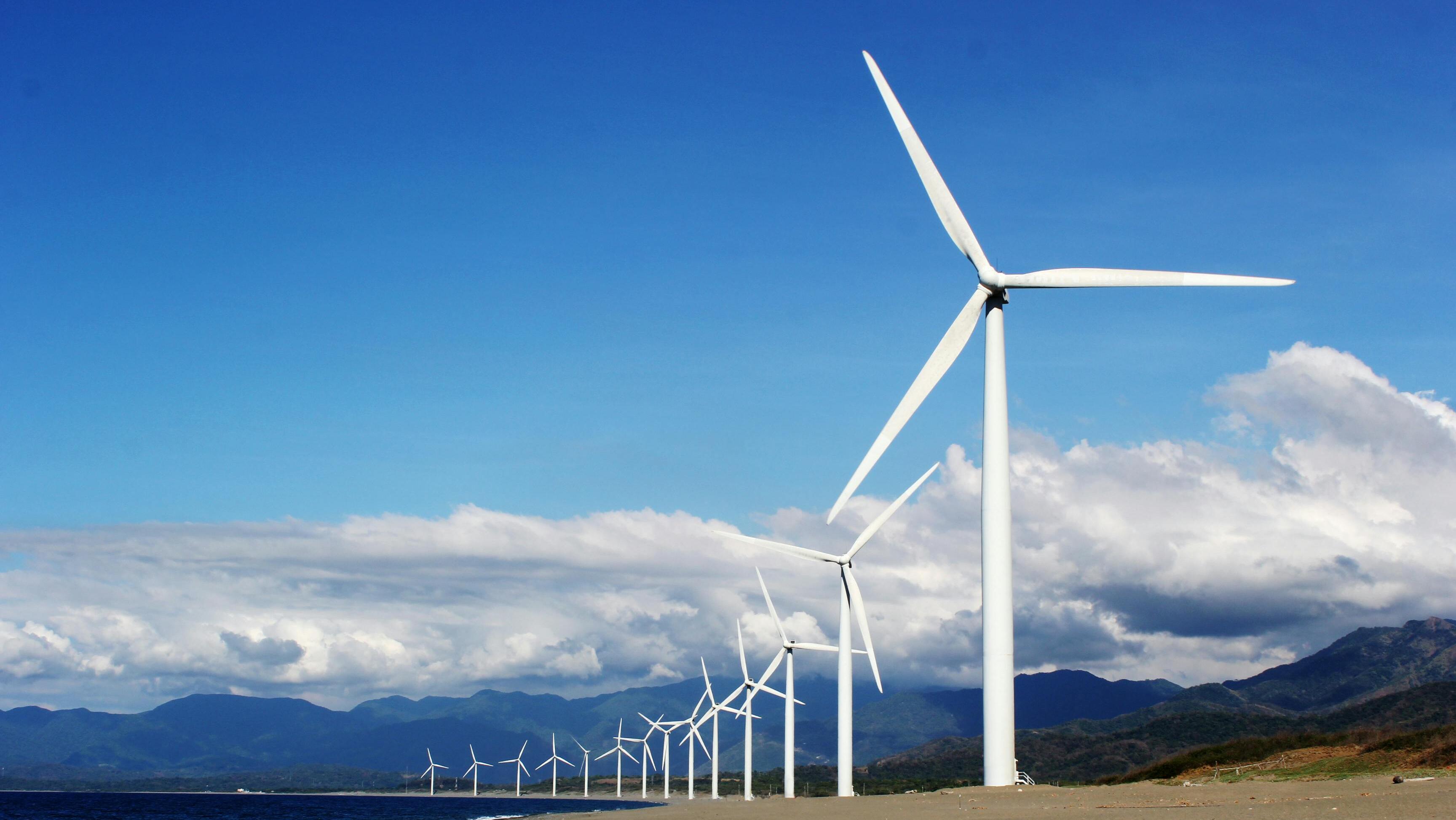Australian private new capital expenditure (capex) increased in the September quarter of 2024. It stood at A$43.838 billion, the Australian Bureau of Statistics (ABS) said.
This was 1.1% more than in the June quarter when seasonally-adjusted and 1.0% above the equivalent three month period in 2023.
ABS head of business statistics Robert Ewin said business investment rose 2.3% in non-mining industries but this was partly offset by a fall in mining capex of 1.9%.
Capex was up 1.1% for buildings and structures, with the non-mining industries rising 3.5% and new equipment and machinery increasing 1.1%.
“The rise in buildings and structures was caused by higher spending on large scale upgrades in the manufacturing industry, and data centre projects in the information, media and telecommunications industry,” Ewing said in a media release.
“This was partly offset by a fall in mining industry spending on buildings and structures, which was down 2.5% after rising last quarter.”
In other economic data, the ABS said Australia’s net energy use increased by 2% in 2022-23 to 23,294 petajoules (PJ) with renewable energy (hydro, solar, and wind energy) extraction increasing by 12% to 325 PJ.
Among the components of net energy use, energy exports were 17,434 PJ, industry use was 3,140 PJ and household energy use was 1,009 PJ, the national statistical agency said in a statement.
Australia's energy supplies were split between domestic production (20,997 PJ) and Imported products (2,298 PJ).
Domestic energy production came from black coal (10,793 PJ), natural gas (5,738 PJ), uranium (2,563 PJ), crude oil, condensates and other petroleum products (830 PJ) and brown coal (398 PJ).
